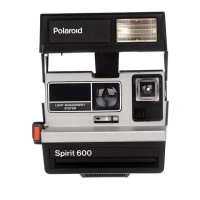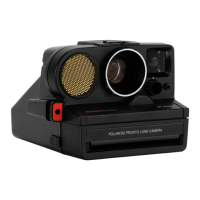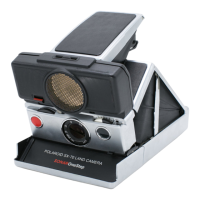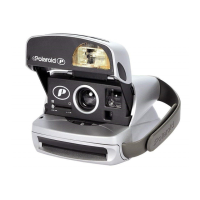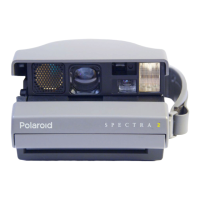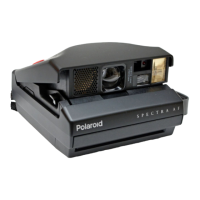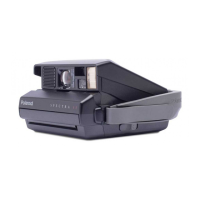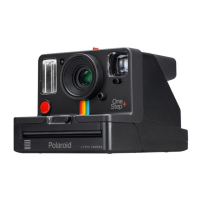Features 19
Bright light sources
If your subject is placed in front of a window
in daylight, the camera’s photocell measures
the bright light, causing your subject to be
too dark in the picture. Use the backlighting
feature to illuminate your subject without
changing the entire exposure.
When a bright source of light (lamplight,
candlelight, etc.) is in the central part of the
scene and in front of the subject, the
photocell measures the bright light, causing
the subject to be too dark. Move the source
of light to one side of your subject.
Temperature
For better colors, avoid extreme
temperatures. When the temperature is
below 55°F (13°C), keep the camera and film
warm. Above 95’°F (35°C), keep the camera
and film as cool as possible.
Avoid storing camera or film in hot places.
Keep developing pictures away from hot
surfaces. As the picture develops, its image
area is dry because the development
process takes place inside the film. It is
important not to bend the developing
picture during this process.
Developer rollers
The developer rollers inside the film door (i)
must be kept clean to avoid repeated spots
or bar patterns on the pictures. Clean the
rollers with a damp, lint-free cloth.
Lens
To remove fingerprints, breathe on the lens
and wipe it gently with a clean, soft facial
tissue. Do not use silicone-treated eyeglass
tissue.
Helpful hints for using the
camera’s special features
Programmed time exposures
To create the illusion of motion in your pictures
when photographing at night:
Place the
camera on a steady support, turn off the
flash, and program the exposure time for 2-5
seconds. The lights of moving cars will
appear as streaks of light in your picture.
To take a portrait by candlelight:
Turn off the
flash. We suggest programming the
exposure time from 5 to 10 seconds. The
resulting portrait will be warm and pleasing.
To photograph home interiors in average light:
Turn off the flash and start with a
programmed time exposure of 1 second.
To photograph floodlit buildings, fountains or
monuments:
Start with a programmed time
exposure of 2 seconds.
To photograph through glass or window
screens:
Turn off the flash to reduce
unwanted reflections in your picture. If the
subject is well beyond the glass or screen,
use the manual focusing feature as well.
To photograph a nearby subject against a
scenic background at dusk, sunrise or sunset:
Use flash to illuminate your subject properly.
A timed exposure of about 2 seconds will
give correct exposure of the background.
Manual time exposures
To photograph fireworks: Use the manual
time exposure feature. Press and hold the
shutter button from the time the fireworks
go up until they burst in the sky.
Guide to better pictures
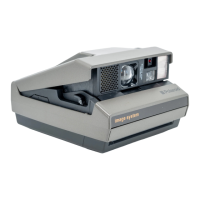
